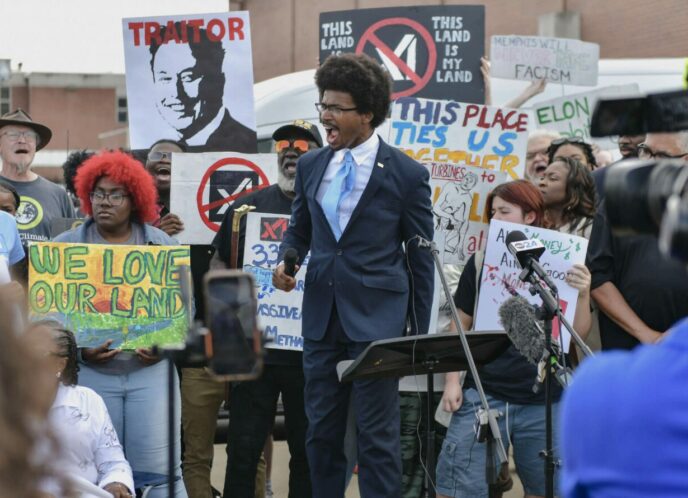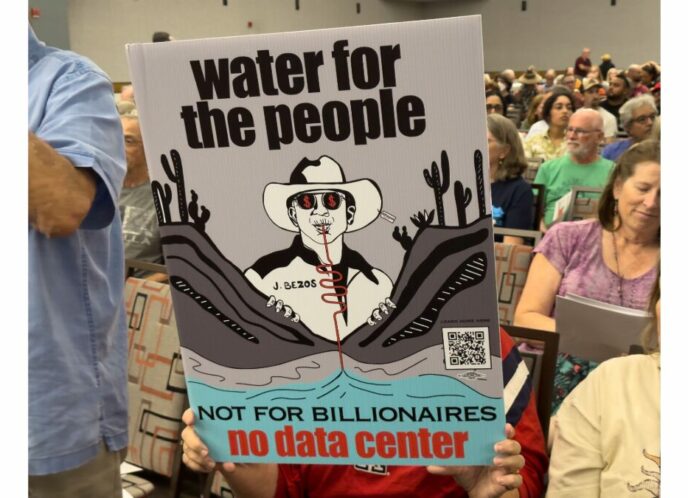So you’ve organized a rally for next weekend, and suddenly it dawns on you: media should cover the event! You scramble to write a press release, blast it to your press list, cross your fingers, and hope that reporters attend.
Does this sound familiar?
Too often, media work comes as an afterthought. Planning ahead may seem overwhelming, but it can be simple and well worth your time. By planning ahead, you can reap the benefits of strengthened campaigns, sustained relationships with reporters, and strategic shifts in public debate.
The scope of a media plan varies, from promotion for a single event to a five-year plan for a long-term organizing campaign. The very first step in creating a media plan is defining this scope. The rest follows in quick succession. Here’s how:
• Set concrete goals. Why are you doing media work? Do you want to recruit new members, change public opinion, win your campaign? Once you’ve answered the why, set concrete and measurable goals that specify what you want to achieve. Here are two examples: “To conduct a year-long marketing campaign to promote our services and recruit 20 new members.” Or “To conduct a three-month electoral media campaign to highlight the racist impacts of Measure A, in order to shift voter opinion and defeat the measure in the November elections.”
• Identify audiences. Given your goals, who has the power to give you what you want? You may have multiple audiences. You may have a primary audience who is the ultimate decision-maker (e.g., a politician), and a secondary audience who has influence over the ultimate decision-maker (e.g., voters). Get as specific as possible so you can create messages targeted to each audience.
• Identify media outlets. What media outlets do your audiences read, watch, and listen to? Politicians usually pay attention to opinion-leading outlets like theWashington Post or the Sacramento Bee. Community members may pay attention to neighborhood newspapers and alternative outlets. Consider a mix of opinion-leading and alternative outlets, as well as a mix of formats including print, radio, web, TV, and new technology like blogs and podcasts. Be comprehensive. The list you create in this planning stage will be the foundation for your press list.
• Identify news hooks. News hooks are timely happenings that you can plan media actions around, and may include a local take on a national issue, an anniversary, a holiday, or an event your target has planned (like an inauguration). News hooks can be issue-specific—for example, the first day of school or the anniversary of Brown v. Board of Education are good hooks for an education justice campaign. Create a calendar of opportunities. You can narrow it down later when you plan specific tactics or events.
• Foresee obstacles. What challenges and barriers might prevent you from getting the coverage you want? Is there other big news brewing that could eclipse your news? What stereotypes or bias might keep your story from being told in a fair, balanced, and accurate way? Brainstorm potential obstacles and discuss strategies to overcome them.
• Timeline your framing and messaging. Deciding what you will say and how you will say it is one of the most important pieces of media planning. It can also be the most time-consuming. Create a timeline for your framing and messaging stage that accounts for deep discussion, monitoring existing news coverage, research, testing, drafting, and then necessary refining to create a strategic frame and supporting messages. This span of time can be anywhere from two consecutive two-hour sessions to a series of regular meetings over many months.
• Develop tactics and materials. Given your timeline, news hooks, and capacity, decide on one to three priority tactics that support your goals. A tactic can be a public event, a billboard or ad, or a creative action; it can also be an “insider” media tactic such as getting an editorial meeting at a newspaper or placing an opinion-editorial there. Once you’ve decided on your tactics, develop the appropriate materials for journalists, such as a press release, a press kit, an editorial brief, or an op-ed.
• Plan for relationship-building. Your goal is to become a resource for reporters so that the next time they have questions on your issue, they come to you. Given your list of target media outlets, identify specific reporters, editors, and producers to target for long-term relationship building. Find out what these media makers have written or produced and get familiar with their work. Create a relationship-building plan that is much like a member-recruitment plan, including setting up a meeting to introduce yourself and your work, regular contact to keep them informed of developments, and a calendar for pitching specific media tactics and stories.
• Plan for tracking, evaluation, and victory! Before you hold a media event, it helps to have a plan for who in your organization will track down resulting coverage. Assign people to record TV and radio coverage, search the web, and clip newspaper coverage. Also assign people to call reporters from alternative outlets that are less readily available and ask them to mail copies of the coverage. Decide on how and when you will evaluate this coverage to determine whether your messages made it into the media, and what your next steps will be. If and when you win your campaign, claim your victory through the media by throwing a media party or sending out a creative press release!
Media Planning Worksheet
A worksheet to help you identify communications goals, audience, and a press list, as well as what communications tactics and strategies will best support your campaign.
Graphic: Media Planning Road Map
Want to learn how to plan your media campaign from beginning to end? Check out this graphic illustration of a media campaign, and then plan your own!
Sample Media Plan
Use this example to help you develop your communications plan.



